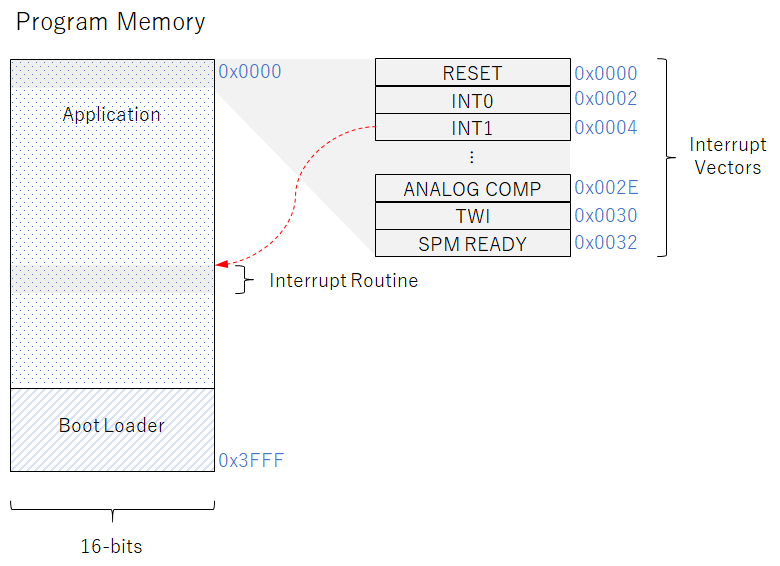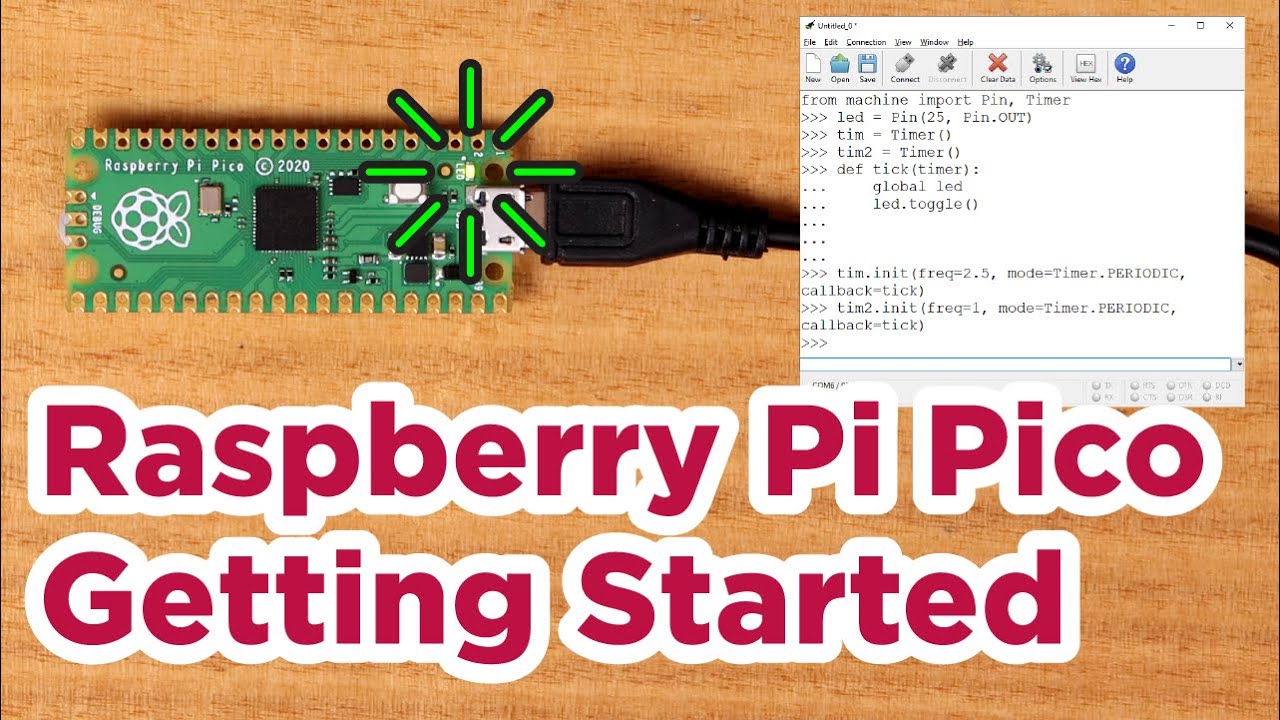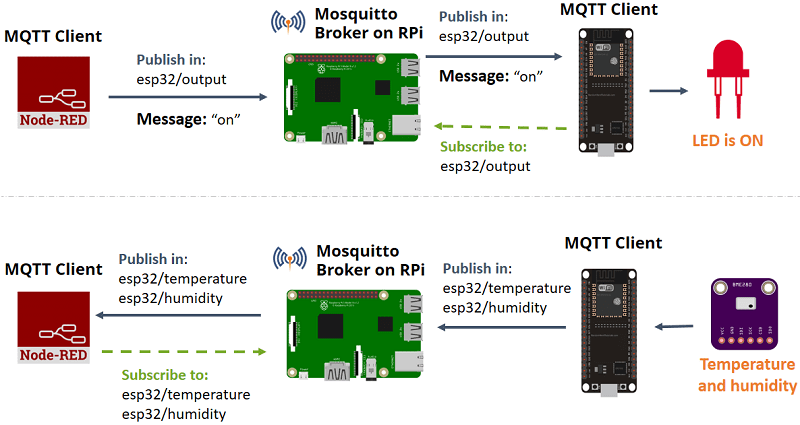How to Use Non-Volatile Memory on an ATmega328P
Non-volatile memory on an ATmega328P microcontroller can be a handy feature when you need to store data that shouldn’t be lost when the power is turned off. This type of memory retains its data even when the power is disconnected, making it ideal for settings where data integrity is crucial.
In this article, we will guide you through the process of using non-volatile memory on the ATmega328P, a popular microcontroller used in various embedded systems and Arduino boards.
Understanding Non-Volatile Memory
Non-volatile memory, as the name suggests, is memory that retains its data even when the power is turned off. This is in contrast to volatile memory, such as RAM, which loses its data when the power is disconnected.
The ATmega328P microcontroller comes with built-in EEPROM (Electrically Erasable Programmable Read-Only Memory), which is a type of non-volatile memory. EEPROM can be used to store small amounts of data that need to be retained even when the power is off.
Using EEPROM on the ATmega328P
To use the EEPROM on the ATmega328P, you can write data to it using the built-in EEPROM library in Arduino. Here’s a simple example:
#include
void setup() {
EEPROM.write(0, 42);
}
void loop() {
// Your code here
}
In this example, we write the value 42 to address 0 of the EEPROM. You can read data from the EEPROM using the EEPROM.read() function.
Benefits of Using Non-Volatile Memory
There are several benefits to using non-volatile memory on an ATmega328P:
- Retains data even when power is disconnected
- Ideal for storing settings or calibration data
- Easy to use with built-in libraries
By utilizing non-volatile memory, you can ensure that critical data is preserved even in the event of a power failure or system reset.
Conclusion
In this article, we’ve explored how to use non-volatile memory on an ATmega328P microcontroller. By leveraging the built-in EEPROM and libraries, you can store important data that needs to be retained even when the power is off.
Whether you’re working on an embedded project or an Arduino application, non-volatile memory can be a valuable tool in ensuring data integrity and persistence. With the right techniques, you can make the most of this feature in your projects.
How to Use Non-Volatile Memory on an ATmega328P
Non-volatile memory on an ATmega328P microcontroller can be a handy feature when you need to store data that shouldn’t be lost when the power is turned off. This type of memory retains its data even when the power is disconnected, making it ideal for settings where data integrity is crucial.
In this article, we will guide you through the process of using non-volatile memory on the ATmega328P, a popular microcontroller used in various embedded systems and Arduino boards.
Understanding Non-Volatile Memory
Non-volatile memory, as the name suggests, is memory that retains its data even when the power is turned off. This is in contrast to volatile memory, such as RAM, which loses its data when the power is disconnected.
The ATmega328P microcontroller comes with built-in EEPROM (Electrically Erasable Programmable Read-Only Memory), which is a type of non-volatile memory. EEPROM can be used to store small amounts of data that need to be retained even when the power is off.
Using EEPROM on the ATmega328P
To use the EEPROM on the ATmega328P, you can write data to it using the built-in EEPROM library in Arduino. Here’s a simple example:
#include
void setup() {
EEPROM.write(0, 42);
}
void loop() {
// Your code here
}
In this example, we write the value 42 to address 0 of the EEPROM. You can read data from the EEPROM using the EEPROM.read() function.
Benefits of Using Non-Volatile Memory
There are several benefits to using non-volatile memory on an ATmega328P:
- Retains data even when power is disconnected
- Ideal for storing settings or calibration data
- Easy to use with built-in libraries
By utilizing non-volatile memory, you can ensure that critical data is preserved even in the event of a power failure or system reset.
Conclusion
In this article, we’ve explored how to use non-volatile memory on an ATmega328P microcontroller. By leveraging the built-in EEPROM and libraries, you can store important data that needs to be retained even when the power is off.
Whether you’re working on an embedded project or an Arduino application, non-volatile memory can be a valuable tool in ensuring data integrity and persistence. With the right techniques, you can make the most of this feature in your projects.



